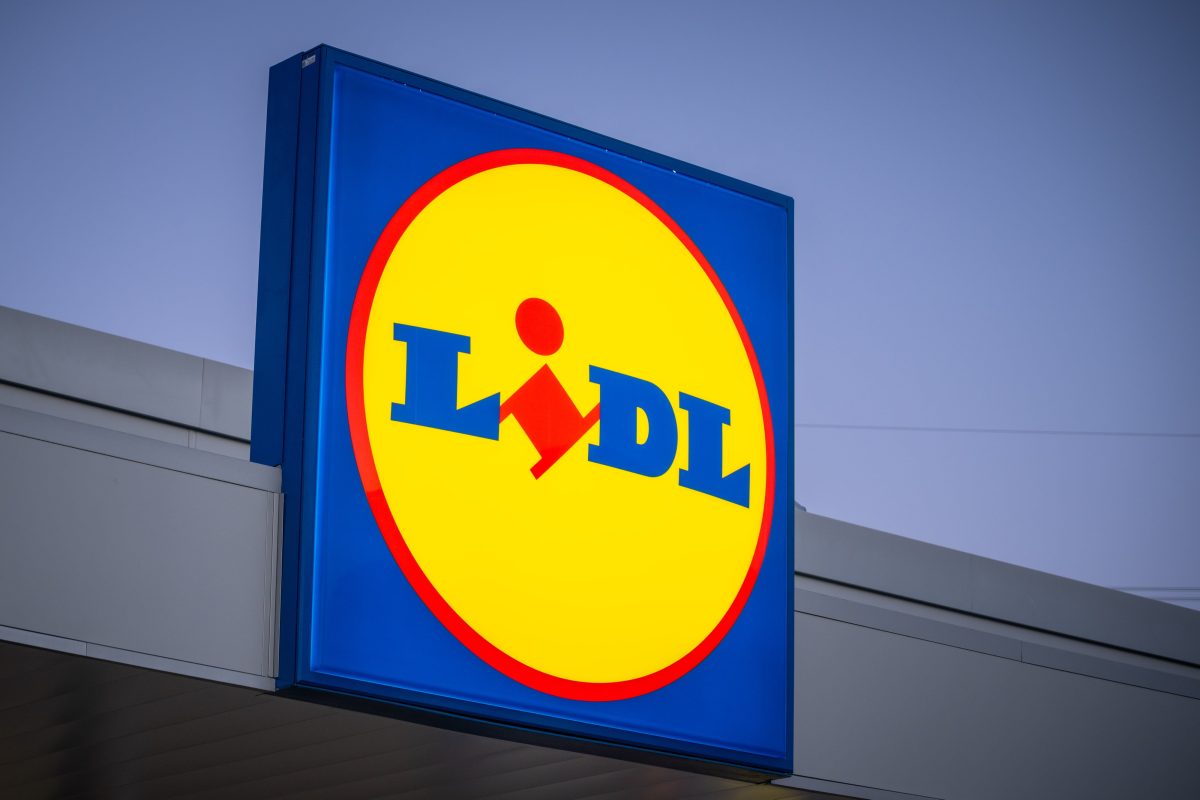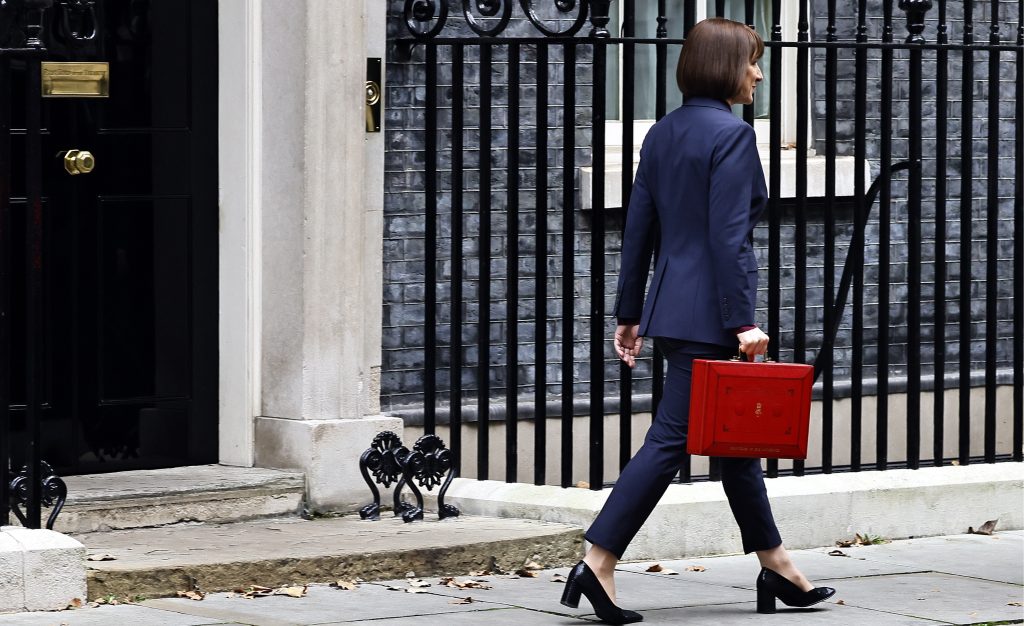Potential reforms to the way the Retail Price Index (RPI) is calculated have been rejected, the Office for National Statistics (ONS) has announced.
Following a consultation by the Consumer Price Advisory Committee, the ONS has chosen not to align the way RPI inflation is measured with the Consumer Price Index (CPI), despite experts‘ calls for the formulae to be altered.
Many, notably Bank of England governor Sir Mervyn King, believe that the RPI measure is outdated and overly complex as ways of calculating the formula differ from those used in the CPI and also do not meet international standards, though the ONS decided against a change in favour of the “continuity of statistics”.
However, the ONS is to introduce RPIJ to more accurately measure inflation and take into consideration how clothing prices are calculated.
The RPIJ differs from RPI as it uses a formula known as Jevsons to determine average prices while the RPI uses the ‘Carli‘ formula, and this move hopes to align the index with CPI which uses the same measure.
Nonetheless, the Government confirmed that index-linked bonds will maintain the existing RPI as a benchmark.
Vicky Redwood, Chief Economist at Capital Economics, explained the effect of the ONS‘ decision, commenting: “Given that the National Statistician has decided not to alter the way RPI inflation is measured, the RPI rate will continue to run above the CPI measure for the foreseeable future.
“However, we still expect both to fall to relatively low rates next year as a result of a general easing of inflationary pressures.
“The Government is certainly the biggest loser from the decision – we had estimated that the proposed changes could have saved the Chancellor around £7bn per annum by 2016/17.
“Other “losers” are pension funds, businesses (who would have benefited from lower RPI-linked business rates) and those who buy rail fares and other index-linked goods and services.
“Regardless of the lack of reforms, we expect both inflation measures to fall to a low rate next year as the weakness of the economy weighs on underlying price pressures and the boost to inflation from higher food and energy prices fades.”




























